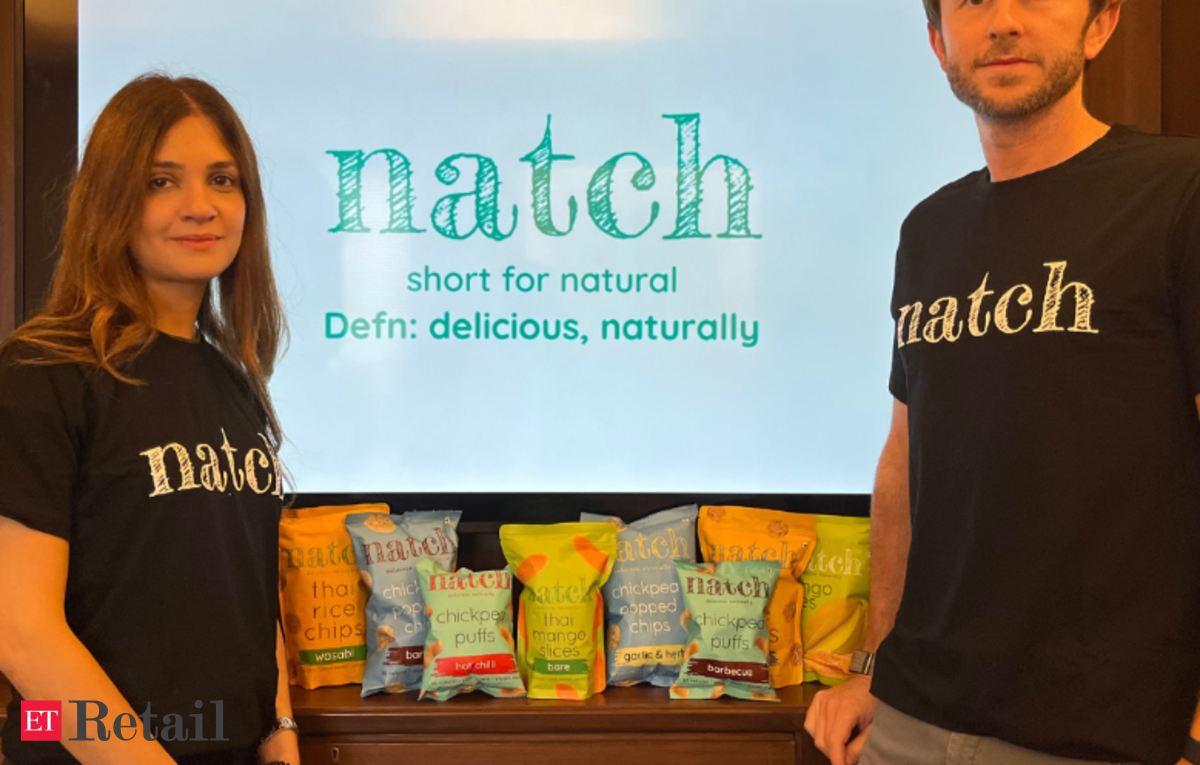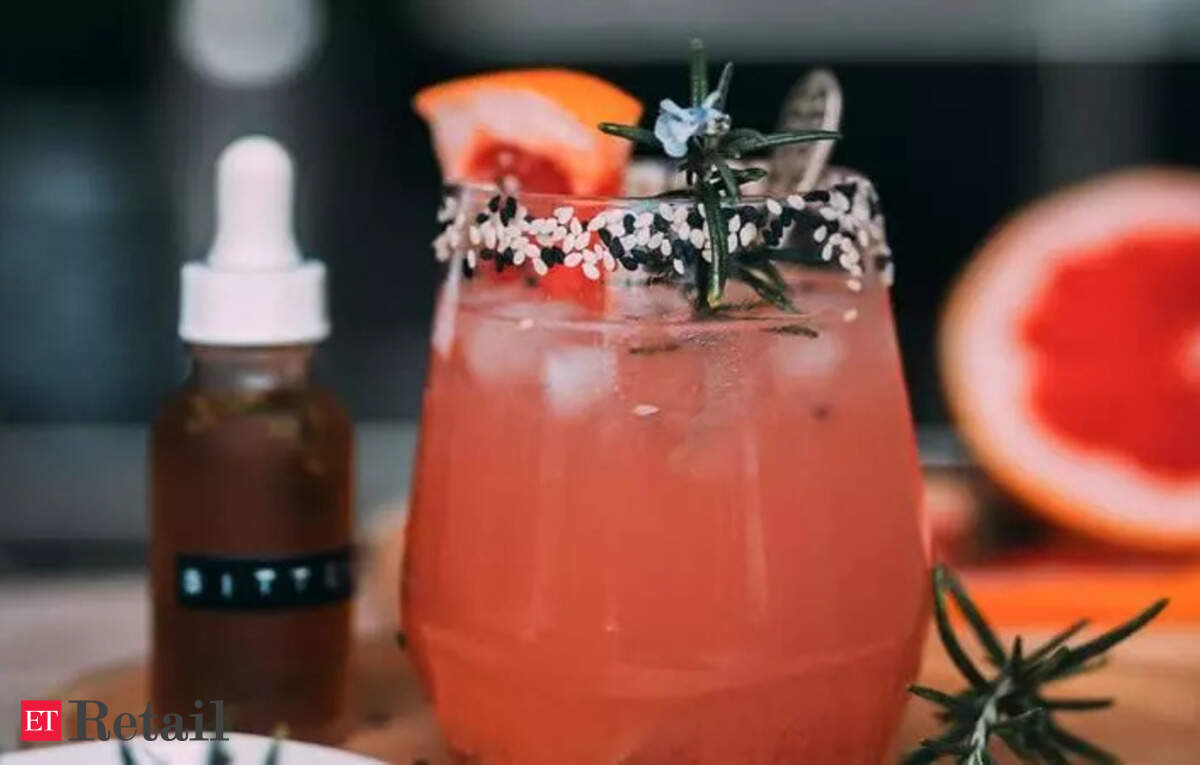- Musings From Deepak @ DSG Consumer Partners
- Posts
- Deepak's Musings #128: Diversified Portfolio (with more shots on goals) vs Concentrated Porfolio (with high ownership)
Deepak's Musings #128: Diversified Portfolio (with more shots on goals) vs Concentrated Porfolio (with high ownership)

All things consumer & insurgent brands. What I am currently reading, thinking about, and reflecting upon. You can follow me on Twitter at @dishahdadpuri or follow DSG Consumer Partners at @dsgcp.
p.s. You can click on any of the summary links to read the full article from its source.
🧩 The ongoing debate: Diversified portfolio (with more shots on goals) vs Concentrated portfolio (with high ownership)
This is a debate that has persisted over the last two decades. The debate has primarily centred around the technology startups at the seed stage. But I believe this applies to startups more broadly, and in particular to the consumer goods and services, what I term #insurgentbrands.
Research from Cambridge Associates shows that as an industry, VCs pick winners only 2.5% of the time. More than a decade of data reveals that out of more than 4,000 VC investment rounds annually, the top 100 generate between 70-100% of industry profits. Horsley Bridge data indicates that, among the very top-performing VCs, 4.5% of invested capital generates 60% of their funds’ returns.
Seed-stage investing is hard. The work DSG Consumer Partners has done with Bain & Company on insurgent brands in India indicates that it takes more than 8 years to build a “scaled” insurgent brand. Here scaled is defined as brands that have achieved $25m in annual revenue. It takes 6 years to get to $9m and which point there is an inflection and scaling becomes easier.
We also know the power law applies to consumer brands. That winner will return the fund, with the majority of the return coming from the 1st and 2nd cheques. From my personal experience, I have seen this in Sula Vineyards and Veeba.
So if you are investing at seed like I am, often pre-revenue and pre-product, you do not know how successful it will be till year 5. And if you believe in the power law at the seed stage, then you are better off having a more diversified portfolio and not being fussed with your ownership in a more concentrated portfolio.
This only applies if you believe the power law applies to consumer brands. It will almost never apply like a tech fund where you can see a 100x. In the consumer products world, this may mean 2-4 brands in each portfolio of 25-30 brands will drive most of the returns. The old Pareto principle. A concentrated portfolio at seed which misses a large winner will find it hard to return capital.
Complications:
🔥 There aren’t that many VCs investing in consumer products and services. So you may need to have a larger reserve ratio than you would otherwise need to if there was a larger early growth ecosystem backing consumer brands. This ensures that the startups performing well in the first 24 months have access to capital as they power ahead.
🔥 As the DSGCP and Bain research shows, it takes on average 6 years to get to $9M in ARR. This duration is much longer than investors in tech funds are accustomed to. So the LP base needs to be patient and now expect DPIs in the early years. But keep in mind, that this may make fundraising for the GP more difficult when it goes out fundraising.
📈 SEA’s digital economy to generate $100b revenue in 2023
Southeast Asia's internet economy is likely to experience a slight slowdown in growth in 2023, a 11% year-on-year (YoY) increase, compared to the 20% growth recorded in 2022, according to the latest e-Conomy SEA 2023 Report published by Google, Temasek and Bain & Company. The report lowered the region's internet economy prediction to USD 295 billion from USD 300 billion by 2025. It highlighted that the digital economy in certain sectors like travel and transport will surpass the pre-pandemic levels by 2024.
The report covered six major economies: Indonesia, Malaysia, the Philippines, Singapore, Thailand, and Vietnam.
This slide (page 15 of the report) caught my eye. I am excited to see that consumer confidence is rebounding after 2 difficult years.

Download the report: https://services.google.com/fh/files/misc/e_conomy_sea_2023_report.pdf
🐶 Dogs and cats: Why we are excited about everything pets
Deal Street Asia speaks to PE and VC investors, including DSGCP’s Sameer Mehta, on the opportunity to build brands in pet ecosystem.
😺 More pet news: General Mills Acquires Fera Pets
This is the latest in a string of deals General Mills has made in the pet arena. Last year, General Mills acquired Tyson Foods’s pet treats business for $1.2 billion, and it previously bought another pet treat company, called Blue Buffalo, for $8 billion. John Parrish, General Mills VP of disruptive growth, says high-end pet supplements is a $2 billion space today, but he expects it to hit $3 billion in five years.
💪 Latest food and wellness trends from the US
Our friends at The New Consumer and Coefficient Capital have just released a 53-slide presentation with a special focus on food and wellness. I found the insights very useful and I hope you do too.
🍫 India's Snack Revolution: The Rise of Health-Conscious Brands
Saavan Kamlani does a deep dive into the burgeoning health food market in India, where increased awareness of dietary health post-COVID-19 has spurred remarkable growth in the healthy snacking sector. This piece explores the emerging trend of nutritious alternatives to traditional snacks, spotlighting pioneering #insurgentbrands like Tata Consumer Soulfull, The Whole Truth Foods, Go Zero, and Farmley.
👄 Positive outlook for Beauty & Personal Care M&A
According to management consultancy Kearney, the Beauty & Personal Care industry's M&A activities will accelerate over the next couple of years with investors focusing on smaller investments and selective mega deals. Kearney also predicts some changes to the underlying deal rationale and that investors will be a lot more conscious about how they integrate acquired companies.
🍷 Portfolio Update: Sula Vineyards Q2 net profit jumps 18% to US$2.8m
CEO Rajeev Samant highlighted the company's increased focus on the above ₹700 category, which is 'vast and lucrative', given the intense competition and aggressive discounting at the lower end, especially from unbranded wines. Listen to his interview on CNBC.
🛍️ US Consumers are cautious this holiday season
McKinsey’s ConsumerWise team just released their latest Consumer Pulse Survey. The US consumer is cautious and is going to splurge less. Data from India and SEA tell a similar story.

Here is the full report:
🥃 Will we see a surge of alcobev RTD?
According to The Grocer, growth in the UK over the next year is likely to be driven by premium brands, in particular, from bartender-quality cocktail brands as shoppers attempt to recreate the cocktail experience at home, without the complexity of having to mix it themselves. Will we see the same trend in India and Southeast Asia?

The Grocer UK, 6 Nov 2023, “Why cocktails are going posh (not just in Chelsea): RTD alcohol category report 2023”
Here is the full report:













Reply